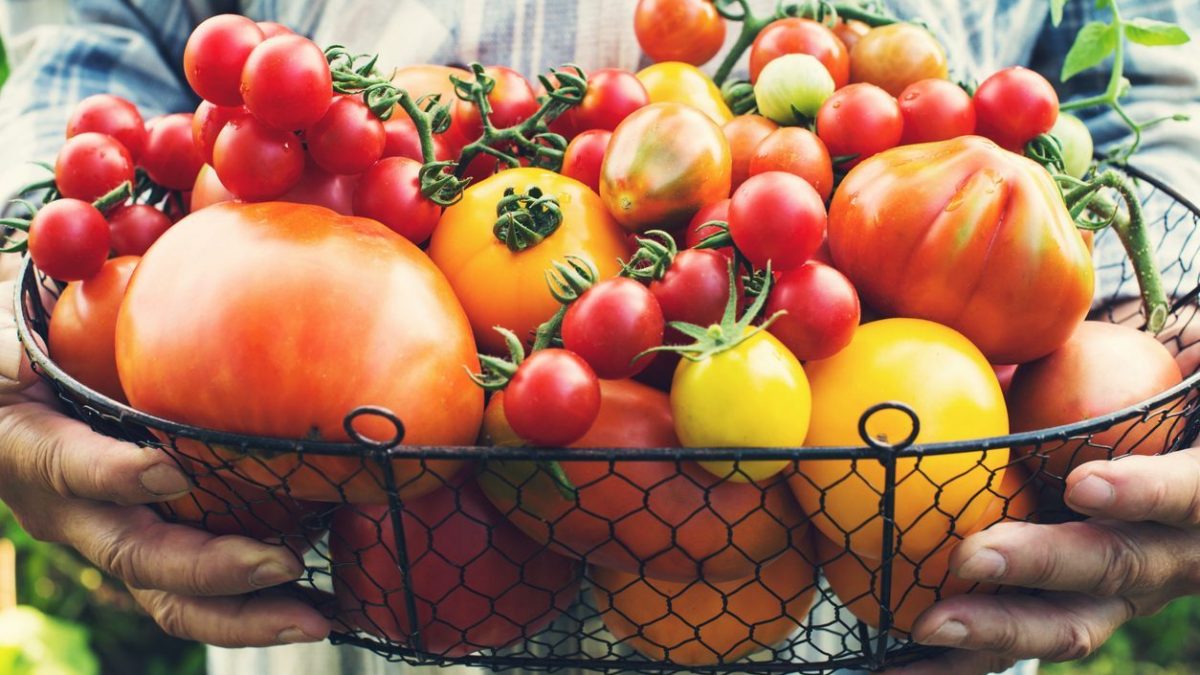
Tomatoes are one of the most iconic ingredients in Italian-American cuisine, although we are often surprised when we learn that, from a botanical point of view, they are a fruit and not a vegetable. Originally from the Americas, they arrived in Europe in the 16th century, becoming over time a cornerstone of the Made in Italy gastronomic tradition and the Mediterranean diet. Many varieties of tomatoes are grown, each with specific characteristics of shape, flavor and consistency, suitable for different uses: from the classic San Marzano, perfect for sauce, to the oxheart, ideal raw, to the small and pretty cherry tomatoes that are a real all-rounder. Types often linked to the territory, easy to find on the shelves of grocery stores and greengrocers: here are the 10 most popular and how to enhance them in easy and tasty recipes.
1. Oxheart
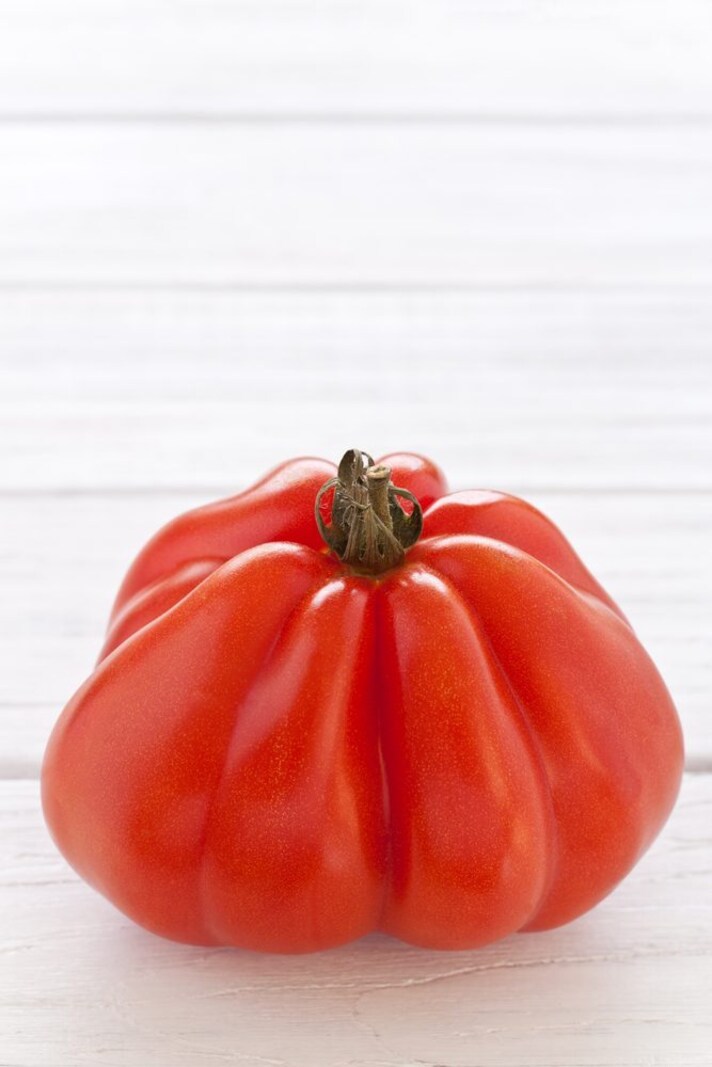
One of the most scenic varieties for salads: it is best when raw, perfect sliced in a carpaccio or marinated, seasoned with extra virgin olive oil, salt and ingredients that enhance its freshness, such as red onions, dairy products and basil. It is a very common tomato, large in size: it is heart-shaped, has a thin, more or less smooth skin and juicy pulp with few seeds. It can be found from March to July, but depending on the type, even until September.
2. Ribbed
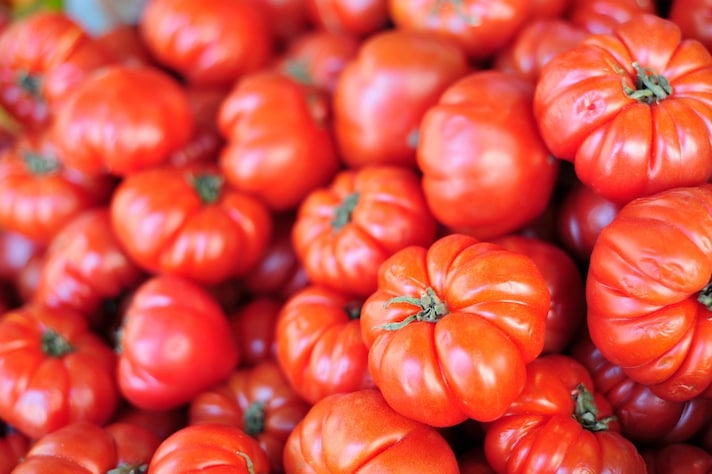
Very similar to the previous one in the “wrinkled” version, it has a slightly flattened appearance, as if pressed from above. It can be bright red or streaked with green: it is harvested from mid-August. How to eat it? In salad, but also au gratin in the oven, with a simple and light breading made with breadcrumbs, oil, salt and chopped aromatic herbs, as it is firm, meaty and naturally sugary, to resist without going mushy after a very short cooking.
3. San Marzano
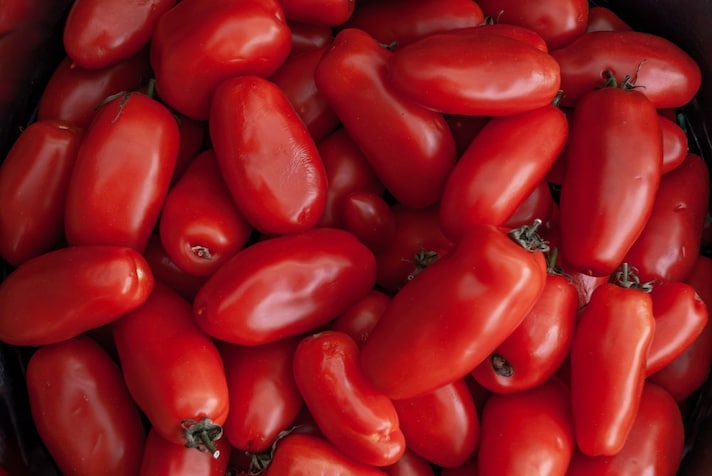
Did you say tomato puree? Your best ally can only be the San Marzano, considered the “king of tomatoes”, used to make the most popular preserves, from peeled tomatoes to sauces. Green light for fish, meat or vegetable sauces that are cooked quickly, which maintain their aroma and sweetness. With an elongated cylindrical shape, it has a delicate and thin skin, solid pulp and must be soft to the touch: the color is intense red, with yellow shades near the stalk.
4. Round and Copper
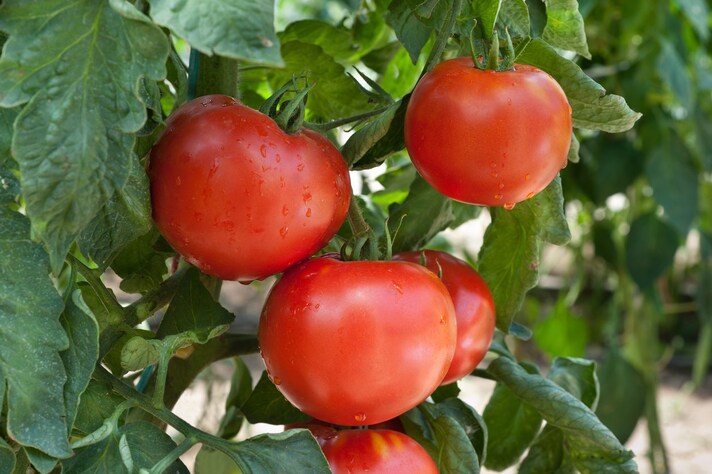
Here is one of the most popular and versatile types: the round one has a bright red color and a smooth and silky skin. To express itself it must be brought to the table when fully ripe, so as to have a deep red shade and a sweet flavor, not at all acidic. It is found single, or in bunches, known as ramato: in this case it is purchased attached to the stem. Raw, cut into slices, it becomes the evergreen filling of a hamburger, while whole, with the top cap just removed and emptied, it is the undisputed protagonist of cold stuffed tomatoes.
5. Cherry Tomato
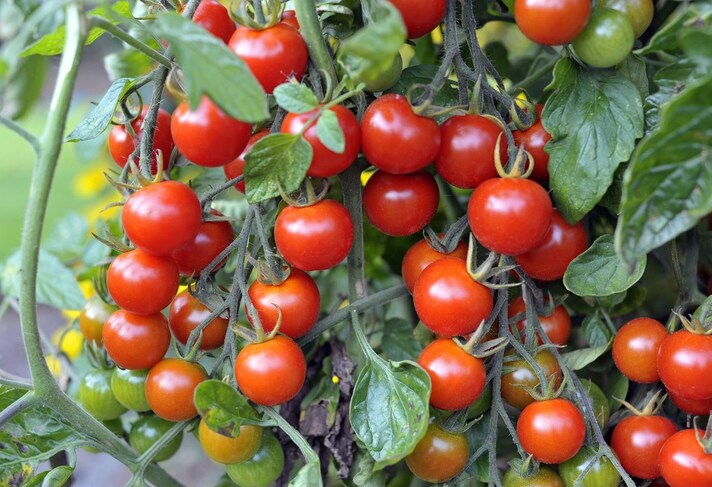
From tomatoes we move on to the large family of the so-called “cherry tomatoes”, as their size is smaller than the previous ones. Let's start with the spherical cherry tomatoes, which due to their round shape recall the other fruit. There are red, yellow and black ones (like the black cherry, or even darker ones, rich in anthocyanins, natural antioxidants that contribute to the shade) and normally the taste is sweet and delicate. Like the larger round ones, they are widely used and adaptable: given their graceful nature, use them for dishes where the eye also wants its part, for example raw on skewers with mozzarella and olives or cooked, in a confit version.
6. Pachino Tomatoes
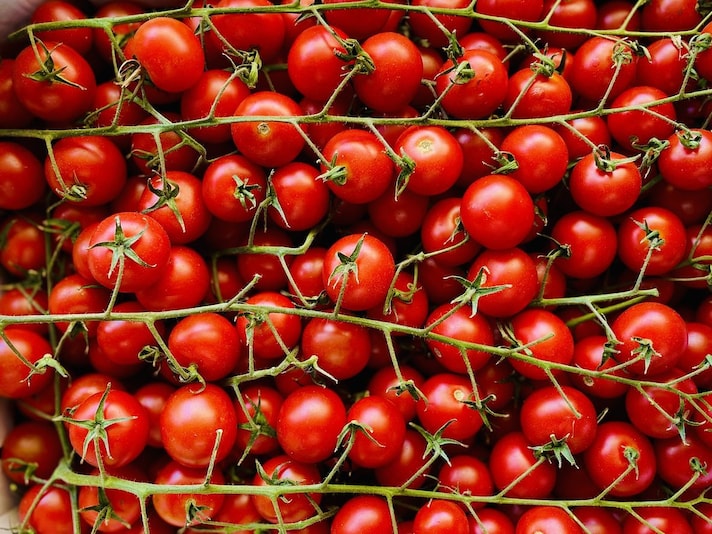
Among the municipalities in the province of Syracuse of Pachino, Portopalo di Capo Passero, Noto and Ispica, a very famous tomato is grown that has boasted the IGP quality mark since 2003. We are talking about the Pachino tomato, which despite having three different type, is immediately associated with the popular red, small and round “cherry” tomato, with the classic cluster structure. A mini-treasure of Made in Italy that actually has Israeli origins, developed in the laboratory: it is resistant and available all year round, with a crunchy, intense and juicy pulp. The Pachino is beautiful used whole raw in creative appetizers, such as caprese baskets and appetizing cooked for a reinterpretation with swordfish of the Sicilian caponata.
7. Plum
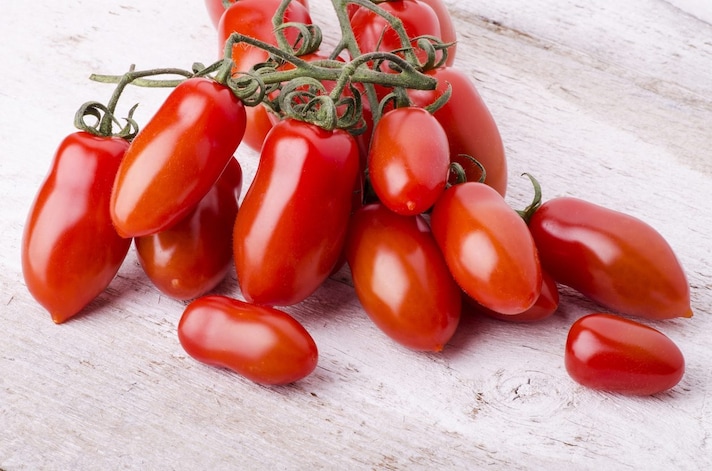
This tomato is part of the elongated varieties, with thick skin and bright red color, while its yellow variant is more difficult to find. In general, its shape resembles that of an oblong pear or a light bulb: it is sweet, pulpy and tasty. We suggest two ways to enhance it in a simple way: blend it raw, with breadcrumbs and a clove of garlic to prepare salmorejo, a cold soup typical of Andalusia, or cook it to make a homemade tomato paste.
8. Datterino
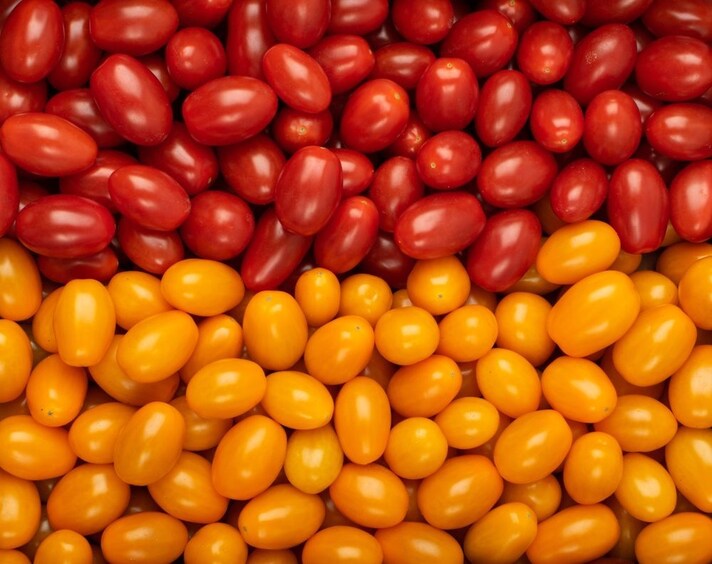
We are faced with another of the most loved varieties, even by chefs. Datterini are delicious cherry tomatoes that perfectly balance acidity and sweetness: compared to cherry tomatoes, they are more sugary and have a less watery consistency. At first glance, it is impossible to confuse them, given that these are narrow and tapered, just like a date: red is the most common, but there are different sub-varieties, such as the yellow one, equally common (ideal for purees and sauces) and the striata, more unusual, dark red and green, best eaten raw. They become the ideal base for a fresh tomato sauce, for a bruschetta, while to always have them available, put them in oil.
9. Piennolo of Vesuvius
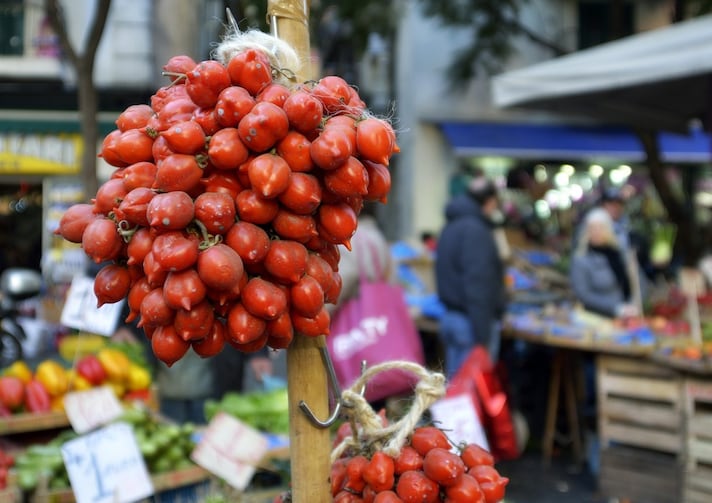
Here is a unique type of tomato, which is grown only on the slopes of the volcano: the Piennolo Dop cherry tomatoes are a typical Campania product that has gone beyond regional borders in terms of fame. They are seen hanging in bunches (the name piénnolo comes from the Neapolitan “pendulum”), left outside on balconies or on stalls because they keep for a long time, even at low temperatures. Needless to say, their production is among the oldest and continues to be as it once was. They are prized and sought after: the volcanic soil, in fact, gives them an intense sweet flavor, with a distinctly acidic aftertaste. Pasta dishes with fresh tomatoes are given the green light, including those with fish and seafood: once softened in the pan, they are crushed with a ladle to release all the juice.
10. Piccadilly

We conclude with a final variety of bunch tomatoes (10-12 fruits) that is very well known and appreciated for enriching salads or preparing fresh sauces, thanks to a very thin skin that does not need to be removed when cooking. Piccadilly tomatoes are easy to find and are popular for their bright red color, oval shape and sweetness. An alternative recipe to try is the one that wants them stuffed, to create an original side dish by stuffing them with a mix of breadcrumbs, parmesan, garlic and basil and then cooked in a sweet and sour sauce with brown sugar and balsamic vinegar.
;Resize,width=767;)
